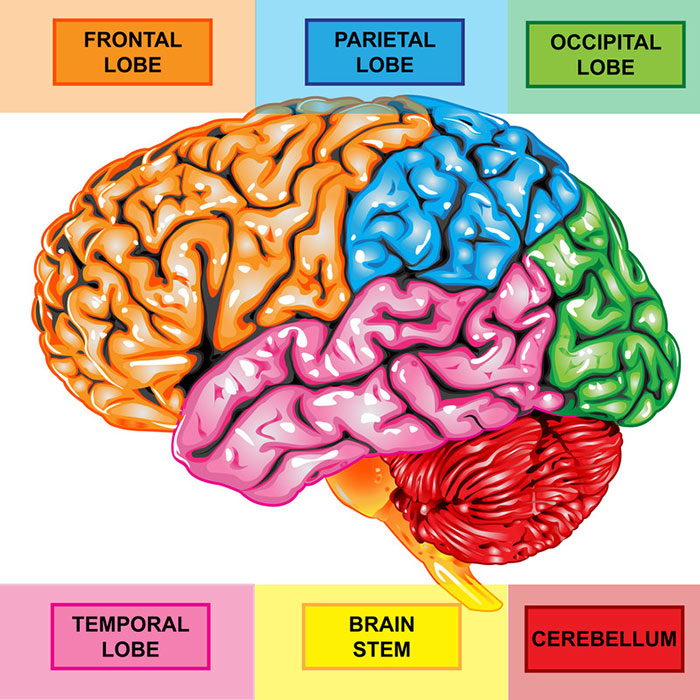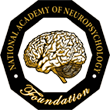I. What are CNS tumors?
A Central Nervous System (CNS) tumor is a group of cells in the brain or spinal cord that shouldn’t be there. About one in three CNS tumors is malignant (cancerous). People of all ages can get them, but they are most common in children and older adults. About 80,000 people in the United States are told they have a CNS tumor each year.
II. Signs and Symptoms
Brains are in charge of many important functions such as thinking, emotions, and movement. Although all parts of the brain work together, each area does something different. Because of this, the signs and symptoms of a tumor in one part of the brain may be very different from a tumor in another part.

- Frontal lobe tumors often lead to acting differently, problems with self-control, and problems speaking.
- Temporal lobe tumors can cause problems with memory, emotion, understanding language, speaking, and hearing.
- Parietal lobe tumors may lead to difficulties in vision such as depth perception, drawing, and changes in other touch-senses.
- Occipital lobe tumors can cause vision problems.
- Cerebellum tumors can make walking and balance, coordination, and muscle movement difficult (including swallowing, controlling eye movement, and speech).
- Brain stem tumors can affect our most important bodily functions including heartbeat, swallowing, and blood pressure.
- Spinal cord tumors can cause weakness, numbness in arms and legs, problems walking, loss of bowel or bladder control, and paralysis.
Other common signs of CNS tumors can be headaches, seizures, sleep problems, nausea/vomiting, feeling tired, and wanting to sleep more.
III. Subtypes
CNS tumors are named by how they grow and behave. There are more than 120 types of tumors that can be found in the brain and spinal cord. These types can be sorted into two broad groups: primary and secondary.
Primary brain tumors start in the brain and are named after the part of the brain in which they started. Some types of primary brain tumors are astrocytoma, glioblastoma, oligodendroglioma, and meningioma.
Secondary brain tumors happen when an individual has cancer in another part of the body and it spreads (called metastasizing) to the brain. For example, if the disease started as breast cancer and then spreads to the brain, this would be called metastatic breast cancer. The abnormal cells that make up the tumor look like abnormal breast cells, not abnormal brain cells.
IV. Severity
CNS tumor severity is classified by grades (from low to high)

V. Risk Factors
Being a man, having a family history of CNS tumors, history of infections like the Epstein-Barr virus, being around secondhand smoke, having a history of head injury and seizures, and exposure to nerve agents are several things that may increase the risk of developing CNS tumors. However, more research is needed to understand the relationships between these risk factors and the development of CNS tumors.
VI. Thinking and Personality Changes
Unfortunately, both CNS tumors and some of the treatments for them (like surgery or chemotherapy) can cause thinking difficulties. Children with CNS tumors may have lower IQ’s and long-term problems with attention, memory, and problem solving. In adults, CNS tumors can cause difficulties in attention, planning, thinking speed, doing several things at once, finding words, and memory depending on the location and size of the tumor.
Individuals with CNS tumors may have changes in personality, such as increased anger, acting out, worry, apathy (lack of interest), and mood swings. Personality changes can be caused by the tumor causing increased pressure in the brain or changes in hormone levels. Additionally, the stress of living with a CNS tumor can cause mood changes.
VII. Available Treatments
Treatments vary based on what part of the CNS is affected. The size of the tumor as well as the age and health of the person are taken into account when doctors decide the best treatment method. Surgery is the most common form of treatment for brain tumors. Complete removal of the tumor is usually the most effective method, but some of them grow in such a way that the surgeon can only take out part. Either way, partial removal of the tumor has proven to be helpful. Neuropsychologists can play a key role in figuring out which parts of the brain are working to help surgeons get better results and not do any damage when planning to operate.

Chemotherapy and radiation therapy are two other treatments for CNS tumors. Both of these methods involve killing the cancerous cells. Surgery, chemotherapy, and radiation therapy can be used separately or together.
VIII. Resources
http://abta.org/
https://braintumor.org/
https://braintumornetwork.org/


